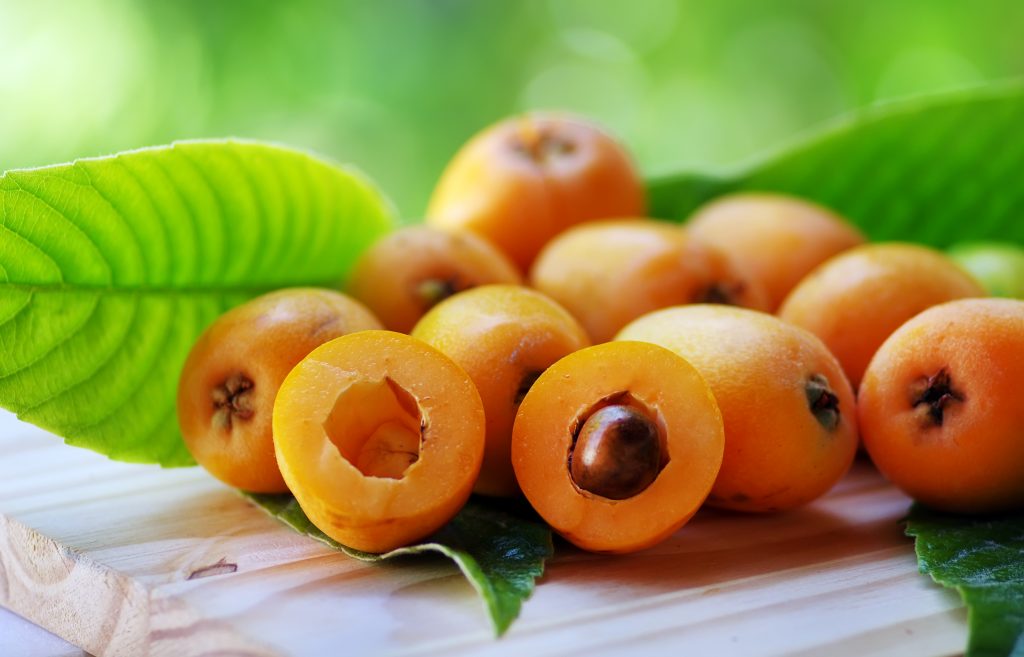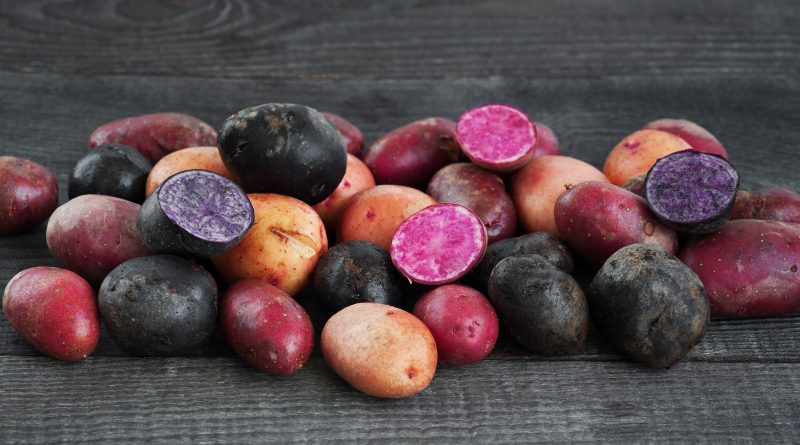Add flair to recipes with unusual ingredients
 By Carey Stites
By Carey Stites
While most of us yield to the routine of picking out delicious vegetables at the local grocery store or farmer’s market, we may not realize a plethora of “unusual” fruits and vegetables exist outside our locality. Many strange yet delicious ones exist which can add flair to any spring recipe. Most of these outrageous varieties can grow in our region and seeds are available for purchase online.
Fruits
Pineberries: Pineberries, also known as white strawberries, are naturally occurring fruits similar to the traditional red strawberry and possess a white skin color and red seeds. Falsely rumored to be “genetically engineered,” they are actually descendants of our red strawberry and grow in North America. Pineberries are less sweet than red strawberries and have a hint of pineapple; interestingly the color of these berries is known to deter birds.
Cape Gooseberries: Cape gooseberries, known as ground cherries, are native to the South American region but now flourish in regions all over the globe. Cape gooseberries are small circular fruits which look similar to yellow cherry tomatoes; what sets these apart is they are enclosed in a greenish husk which looks like a paper lantern. The flavor of cape gooseberries is both sweet and can be described as a cross between a cherry tomato and fruits such as pineapple, mango, strawberry and lemon.
Huckleberries: The huckleberry is a real fruit-actually, the berry is the state fruit of Idaho and a favorite staple for grizzly bears! Huckleberries are edible and many varieties exist in North America, primarily in the Rocky Mountains, Pacific Northwest and Montana, which results in a plethora of colors from bright red to purple to blue. The red huckleberry is tart while the purple blue variety are sweeter and similar to actual blueberries. The darker huckleberries can be used as a substitute in recipes calling for blueberries, such as pies and jams. It is important to note blueberries and huckleberries are two different fruits and huckleberries can only be found in the wild.
Loquat: The loquat tree produces beautiful clusters of sweet smelling flowers and the large green leaves can be found in beautiful floral arrangements. The flowers give way to a yellowish-orange small fruit known as the loquat, or Japanese plum. Loquats traditionally are eaten with the skin, however, keep in mind there are several large seeds located in the center. The flavor of this small fruit is similar to a sour tasting plum, with sweet hints of lemon, apricot and cherry. The best way to eat a loquat is fresh right off the tree although loquats taste great in jelly and pies.
 Vegetables
Vegetables
Romanesco Broccoli: Originally known as the “broccoflower,” this beautiful bright green variation has been deemed stunning due to its intense swirls of green spiky peaks. Romanesco broccoli is known as the cousin to cauliflower and other family members include Brussels sprouts, cabbage and of course, broccoli. The gorgeous vegetable and can be eaten raw, steamed or baked with a little salt, pepper and olive oil.
Black Radish: Want to wow your guests at the spring dinner party? Black radishes are an eye-catching addition to any vegetable dish or salad. The skin is crisp and black while the inside of the radish is sparkling white. The skin can be removed, if needed, as on occasion this variety can be quite bitter for some. Black radishes require direct sunlight and take longer to grow.
Blue Potato: The striking blue-purple color of this potato will definitely make any mashed potato dish impressive and exquisite. Known as the Adirondack potato, the deep color of the potato’s skin comes from anthocyanin, similar to blueberries. Blue potatoes can be cooked and served the same as “regular” potatoes and taste similar.
Achocha (aka “fat babies”): A native of South America, this vegetable is a small bright emerald green pod with edible soft spikes; the inside is hollow with black seeds. The Achocha, relatively unknown, is a member of the cucumber family along with cucumber, squash and zucchini, to name a few. The taste of the Achocha is a flavorful blend of cucumber and green bell peppers and can be used in salad, stir-fries and casseroles. Achocha seeds can be purchased online and do well in full sun, warm climates.
Kaleidoscope Carrot: This carrot can be called a “rainbow carrot” as well due to the combination of colors and unique pattern of each carrot. Most kaleidoscope carrots have yellow, purple and red which can turn the typical salad into a conversation starter at any party. These carrots taste the same as their orange counterparts and can be eaten raw or cooked.
Thanks to the internet, locating these “exotic” fruits and vegetables can be relatively easy and searching for new recipes incorporating these unique foods can be fun and exciting. This spring try making a loquat upside down cake or blue mashed potatoes with steamed kaleidoscope carrots and enjoy these beautiful one-of-a-kind fruits and vegetables.
Carey Stites, MS, RD, LD, CPT, is a registered and licensed dietitian and certified personal trainer working for Wellstone Health Partners in Harker Heights.




